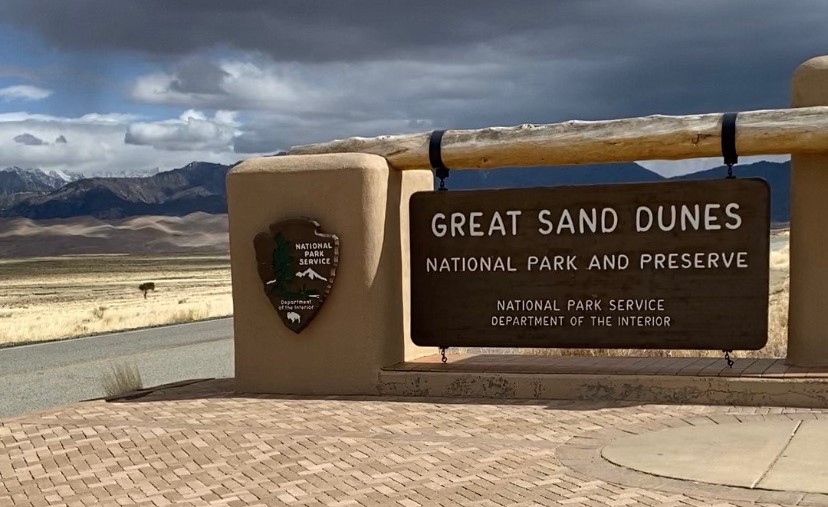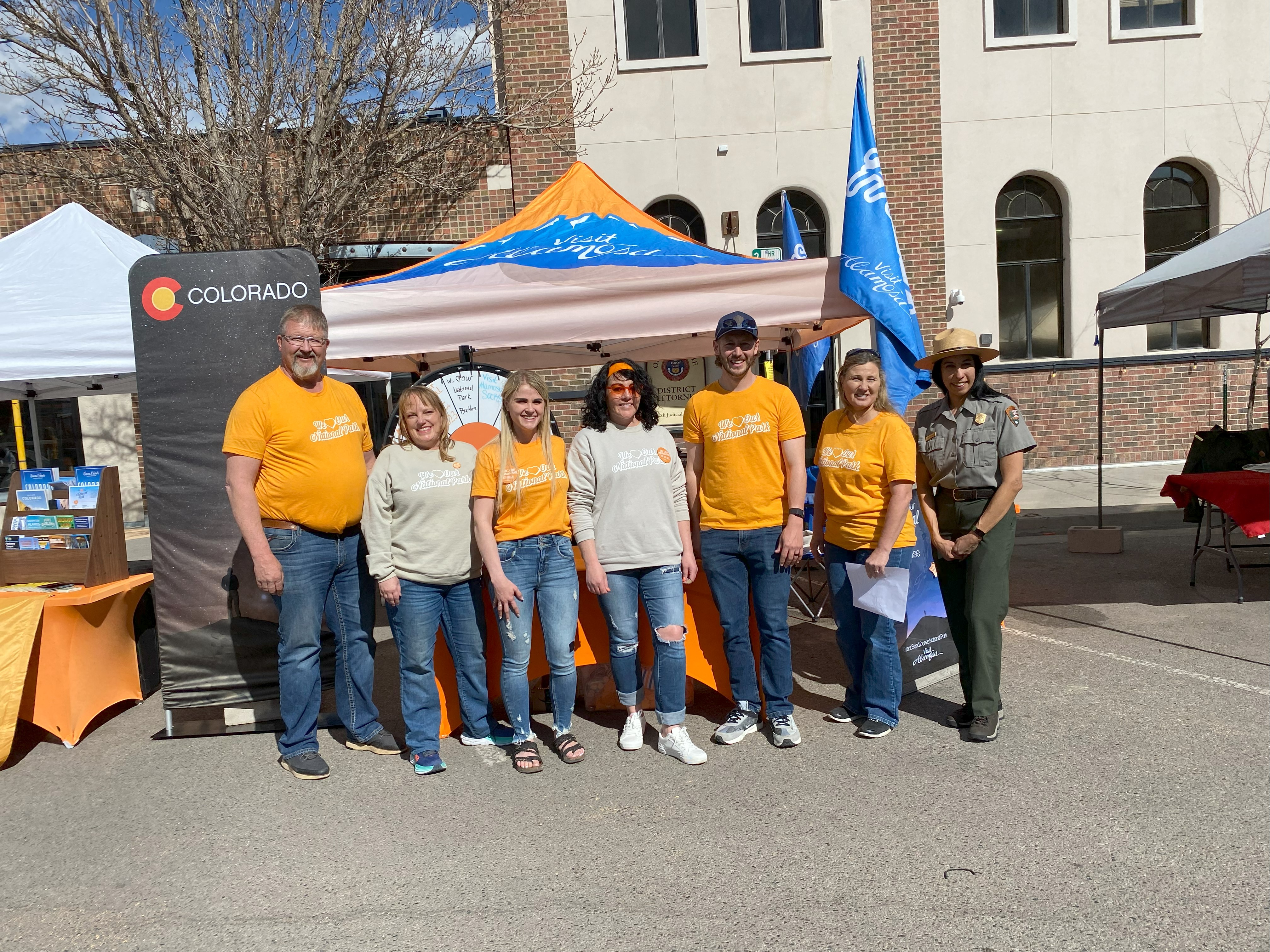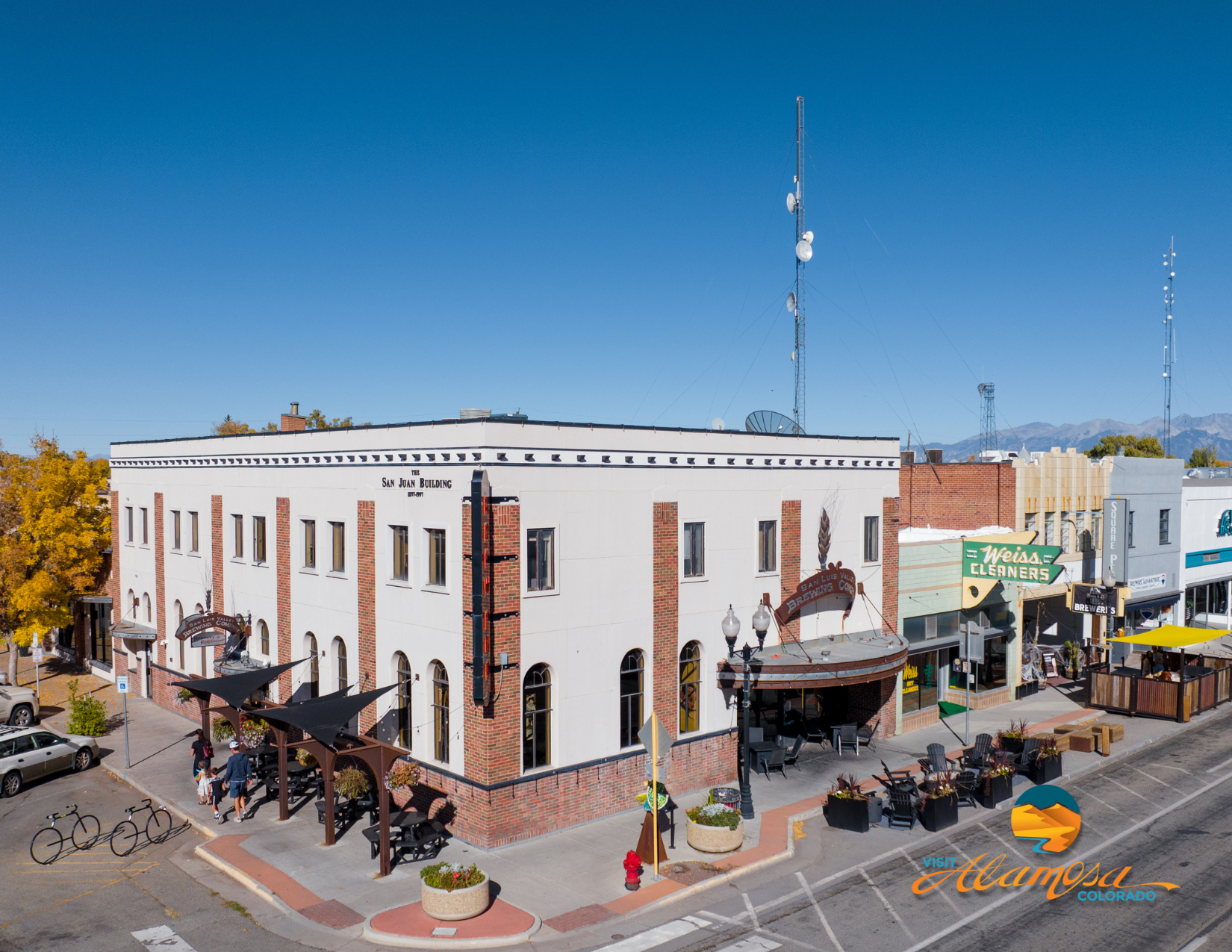Alamosa Through the Ages: A Blog Series: 1930's-1970's & The Great Sand Dunes
By the 1930’s, it is safe to say that Alamosa had established itself well and was thriving as a growing community. Alamosa was the hub for goods and services in the area and saw a boastful payout from being such. The railroad was booming, more buildings were popping up, and the increase in population was steady. These are the critical years for the Great Sand Dunes preservation and the people who were responsible for it ultimately becoming a National Park will be covered thoroughly throughout part two of the series! Read along as we continue to explore the history of Alamosa and revisit a time that contributed to earning the name of ‘Best Small Town Cultural Scene’ in America!















